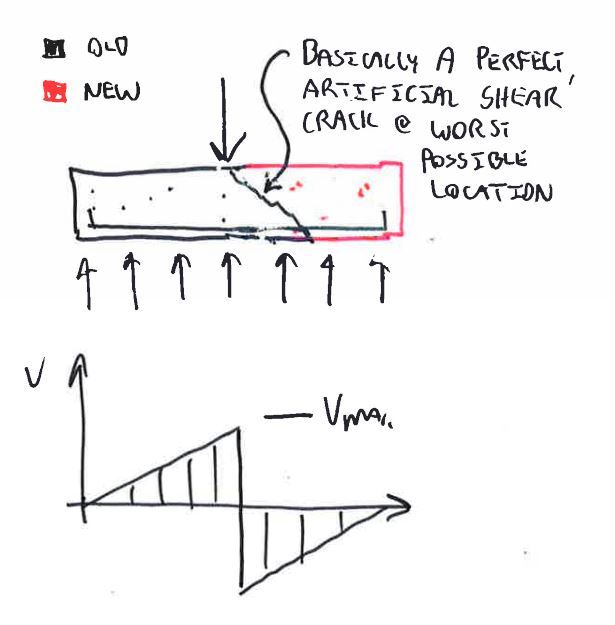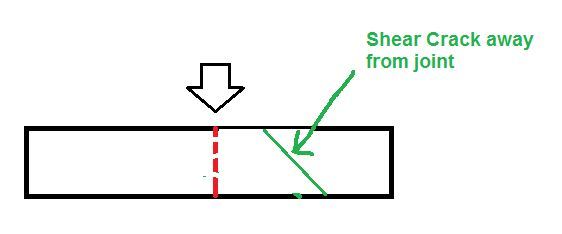I was on site today and found a condition I had never seen before....a pad poured half way.
By half way, I mean half way across, full from bottom to top, with the rebar sticking out of one half of the pad.
The contractor said he had ran out of concrete and was going to pick it up next week. There is just this rough, lumped
over blob of concrete, formed on 3 sides.
Before I dive into the ACI what do others have to say on the matter ?
Thanks.
By half way, I mean half way across, full from bottom to top, with the rebar sticking out of one half of the pad.
The contractor said he had ran out of concrete and was going to pick it up next week. There is just this rough, lumped
over blob of concrete, formed on 3 sides.
Before I dive into the ACI what do others have to say on the matter ?
Thanks.


